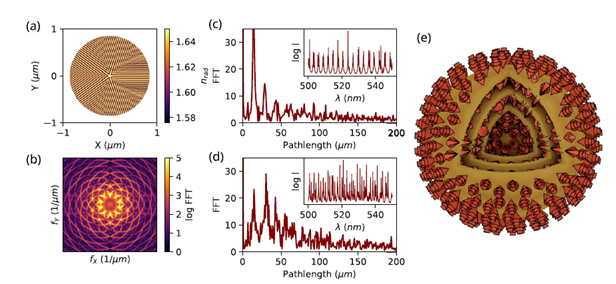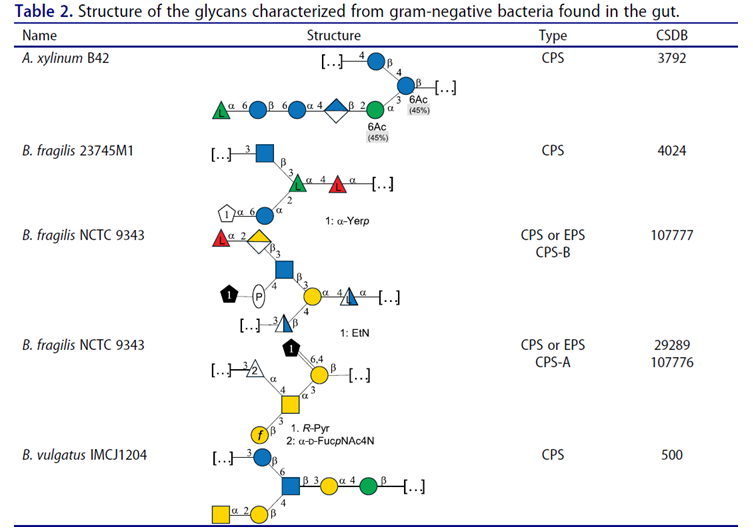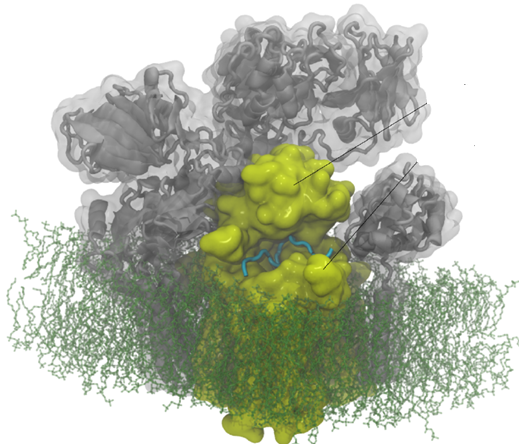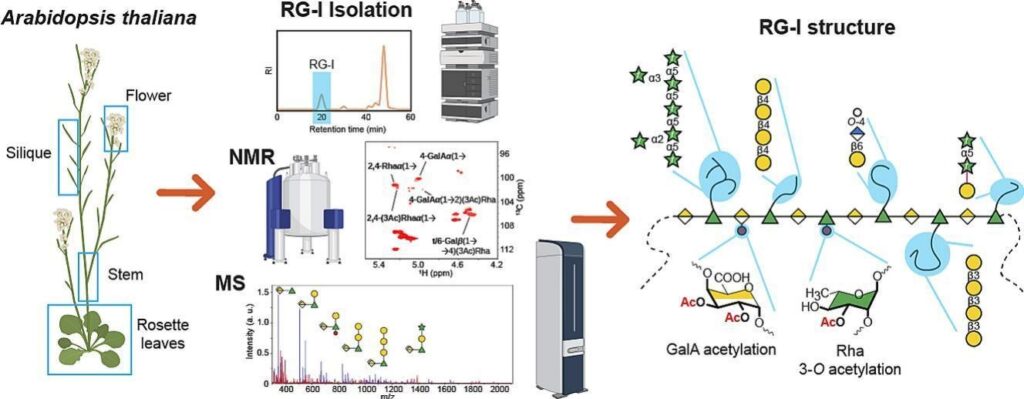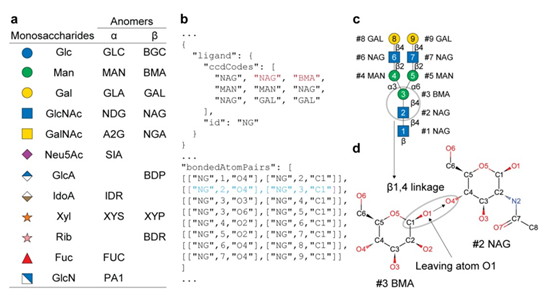Starch granules offer a unique platform for studying complex, multiresonator lasing phenomena, highlighting the importance of considering structural heterogeneity. We report the observation of multiresonator lasing in anisotropic dye-doped starch granules. Utilizing a custom-designed hyperspectral imaging system with submicrometer spatial resolution achieved via raster scanning laser excitation, the authors mapped the spatial distribution of light amplification within individual starch granules. Our analysis revealed the presence of multiple lasing pathways within a single granule, directly correlated to the anisotropic refractive index resulting from the layered amylose and amylopectin structure. Furthermore, the analysis revealed the presence of multiple types of emitters with distinct differences in lasing emission properties. A model based on the granule’s blocklet architecture confirms the significant influence of the anisotropic refractive index. This work demonstrates the potential of starch granules as a unique platform for studying complex multiresonator lasing phenomena and highlights the importance of considering structural heterogeneity in random lasing systems. The findings offer new insights into bio-inspired photonic materials and advanced optical imaging techniques.
